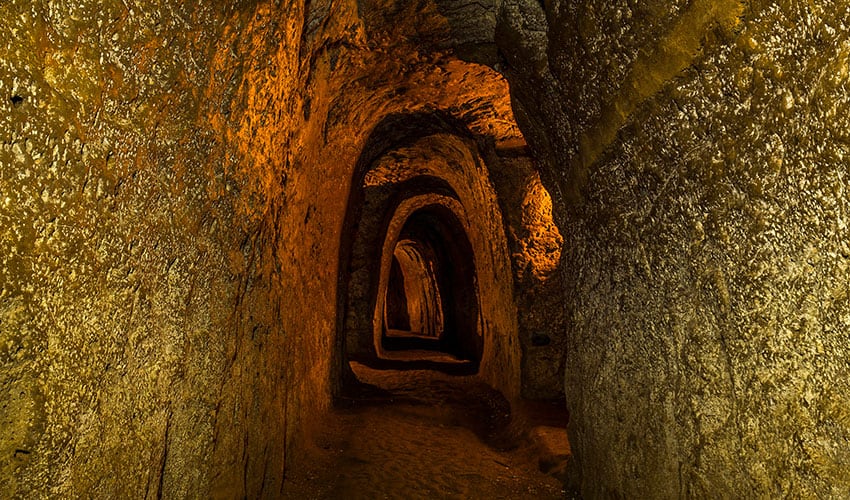
Vinh Moc tunnels : A symbol of Vietnamese resistance
- on Sep 10, 2024 By: Phuong Mai NGUYEN
Located just over ten kilometers from the former Demilitarized Zone (DMZ), the Vinh Moc Tunnels stand as a powerful testament to the resilience of the Vietnamese people during the Vietnam War. Constructed in secret between 1966 and 1967, this underground network served as a refuge for local residents, shielding them from relentless carpet bombing by U.S. forces. Today, the Vinh Moc Tunnels are a renowned tourist destination, offering visitors a unique and profound insight into the indomitable spirit of those who endured the war.
The history of the Vinh Moc tunnels
In contrast to the Cu Chi Tunnels in Southern Vietnam, which served as logistical support for Viet Minh and later Viet Cong soldiers, the Vinh Moc Tunnels in Quang Tri Province were built as a refuge for local residents. These smaller tunnels, constructed in the Son Trung and Son Ha communes, were designed to protect the population from relentless carpet bombing by U.S. forces. The area was heavily targeted starting in 1965, as the U.S. military suspected these communities of aiding Northern Vietnamese soldiers.

To survive the bombardment, local residents hand-dug an intricate tunnel system using basic tools. The tunnels, which reach a depth of 23 meters, are spread across three levels and include 13 entrances—seven of which lead to the coastline. The limestone terrain, while easy to excavate, provided a strong, stable structure. The tunnels were built in a zigzag or Z-shaped pattern, with earthen walls serving as natural shields against bombs. This underground network became home to 80 families, totaling about 300 people.
The Vinh Moc Tunnels functioned as a fully operational underground city, complete with wells, meeting rooms, classrooms, kitchens, family bedrooms, and even a hospital where 17 children were born. Despite the U.S. dropping around 9,000 tons of bombs in the area, no lives were lost within the tunnels. Residents lived in this subterranean complex until 1972, only emerging for farming, fishing, and cooking.
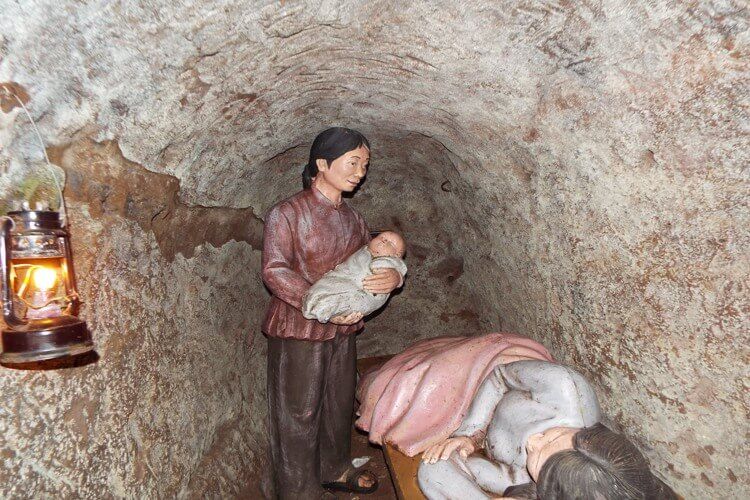
Visiting the Vinh Moc Tunnels
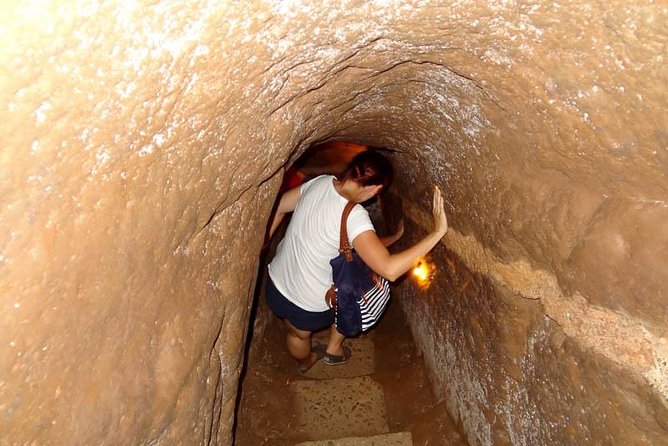
Today, the Vinh Moc Tunnels have become a significant tourist attraction, welcoming visitors from around the world. These tunnels are part of the historical remnants of the former Demilitarized Zone (DMZ), which once divided Vietnam into North and South at the 17th parallel following the Geneva Agreement of July 20, 1954. Vinh Moc can be visited individually or as part of a larger journey starting fromHue, the former capital recognized by UNESCO, located about 100 kilometers to the south. Exploring the Vinh Moc Tunnels offers travelers a profound understanding of the hardships endured by the families who once lived there. Visitors will not only marvel at the ingenuity and resilience of the local residents but also find the experience more comfortable compared to visiting the Cu Chi Tunnels near Ho Chi Minh City, as Vinh Moc's tunnels are larger and the temperature inside is more moderate.
Other Historical Sites that are perfectly paired with the Vinh Moc Tunnels
A visit to the Vinh Moc Tunnels can be seamlessly combined with other significant historical attractions, such as:
Hien Luong Bridge: Recognized as a historical monument, Hien Luong Bridge holds a special place on the list of national relics. Built by French engineers in 1950, the bridge spans the Ben Hai River and became a powerful symbol of the division between North and South Vietnam.
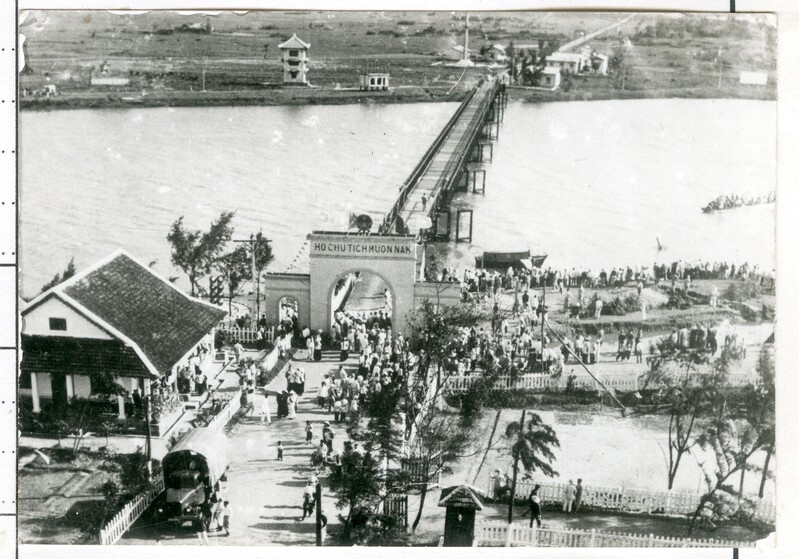
Truong Son Martyrs' Cemetery: Perched on a hill and encircled by eight smaller hills, this cemetery, when viewed from above, resembles a lotus flower. It is the final resting place for more than 10,000 soldiers, set within a breathtaking 4-hectare forest park. Each year, around 20,000 visitors come to pay their respects to the soldiers who sacrificed their lives for their homeland.
Khe Sanh Combat Base: The site of one of the most famous battles between U.S. and Vietnamese forces during the Vietnam War, the Khe Sanh battle lasted 75 days and resulted in the deaths of 10,000 Vietnamese and 500 American soldiers. Today, visitors can explore a small museum that houses old photographs and provides a deeper understanding of this brutal conflict. Outside, travelers can see reconstructed bunkers, planes, and an American helicopter.
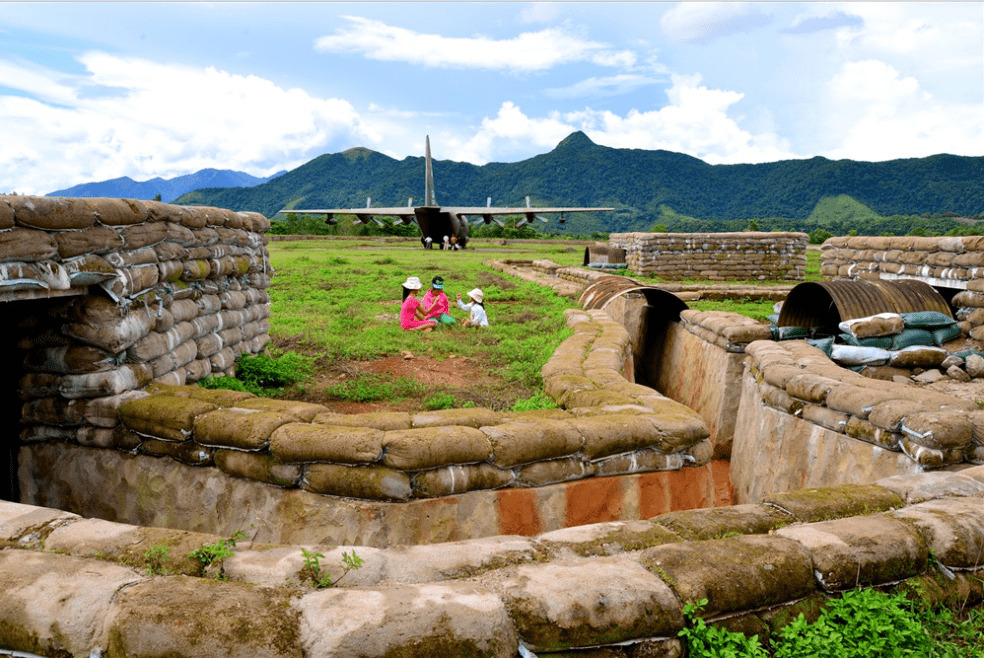
The Rockpile: This 230-meter-high rocky peak, accessible only by helicopter, served as one of the most crucial observation posts for the U.S. military. Located just over ten kilometers from the former DMZ, Rockpile offers sweeping views of the surrounding area, including key infiltration routes used during the war.
TOLUNHA
Related articles:
>> Cu Chi Tunnels - Top most attractive underground works in the world
 Español
Español Français
Français














Morgane Ter Cock
on Dec 18, 2025HerbertPhomaMS
on Oct 19, 2025Lilyan Cuttler
on Oct 15, 2025Avenue17XC
on Sep 14, 2025Avenue18JL
on Jul 21, 2025